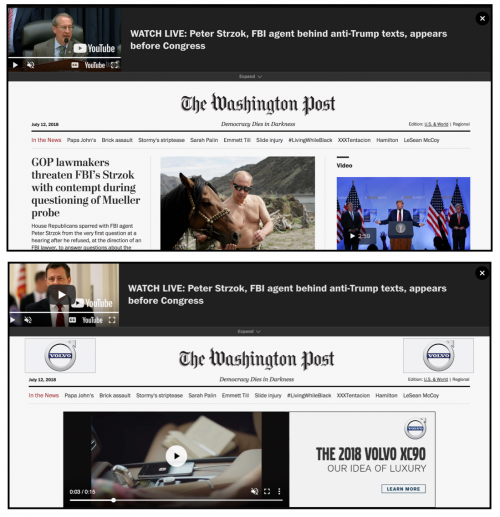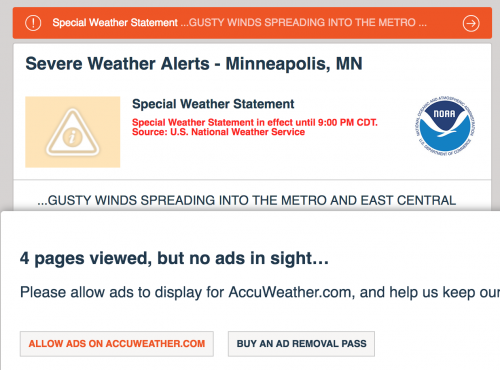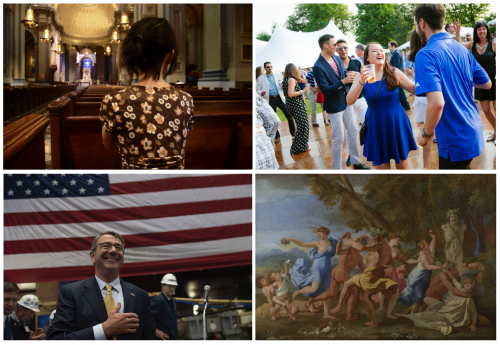People talk. Their interactions become habits, habits become routines, and routines become rules. Sociologists call this emergent behavior, and sometimes it happens so slowly we don’t even notice it until we look back and think “where did that come from?” Emergent behavior can be quirky and fun (think of Taco Friday at the office or “on Wednesdays we wear pink“), but sometimes it can also be far more serious or more troubling.
The challenge is that new technology makes these interactions happen much faster, on a much larger scale, and with less editing—often with odd results. Check out this TED talk—The Nightmare Videos of Children’s YouTube— for a good illustration of the dark side of emergent behavior when algorithms accelerate and exploit social interactions online.
Evan Stewart is an assistant professor of sociology at University of Massachusetts Boston. You can follow his work at his website, on Twitter, or on BlueSky.






